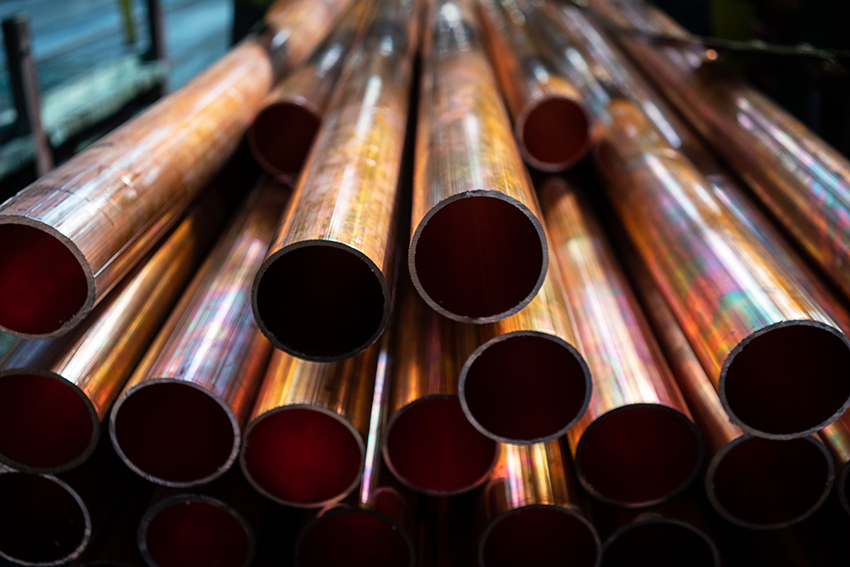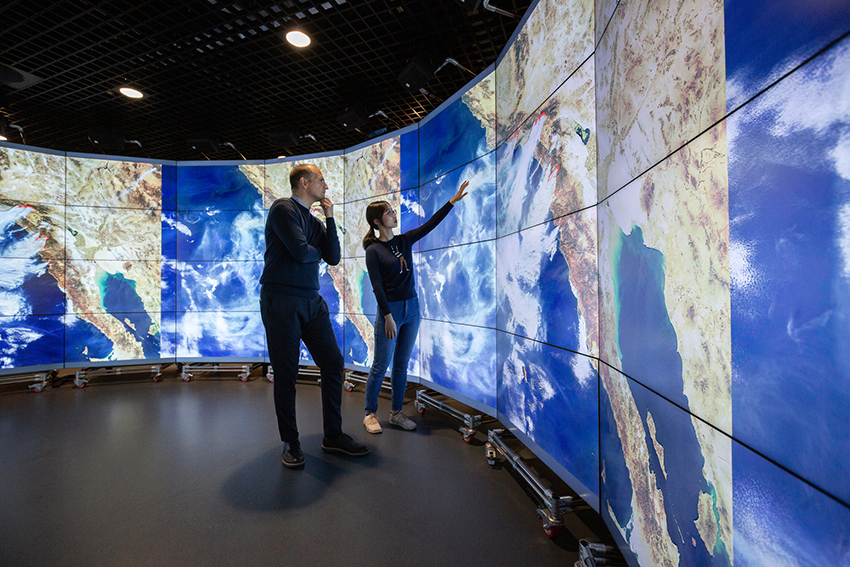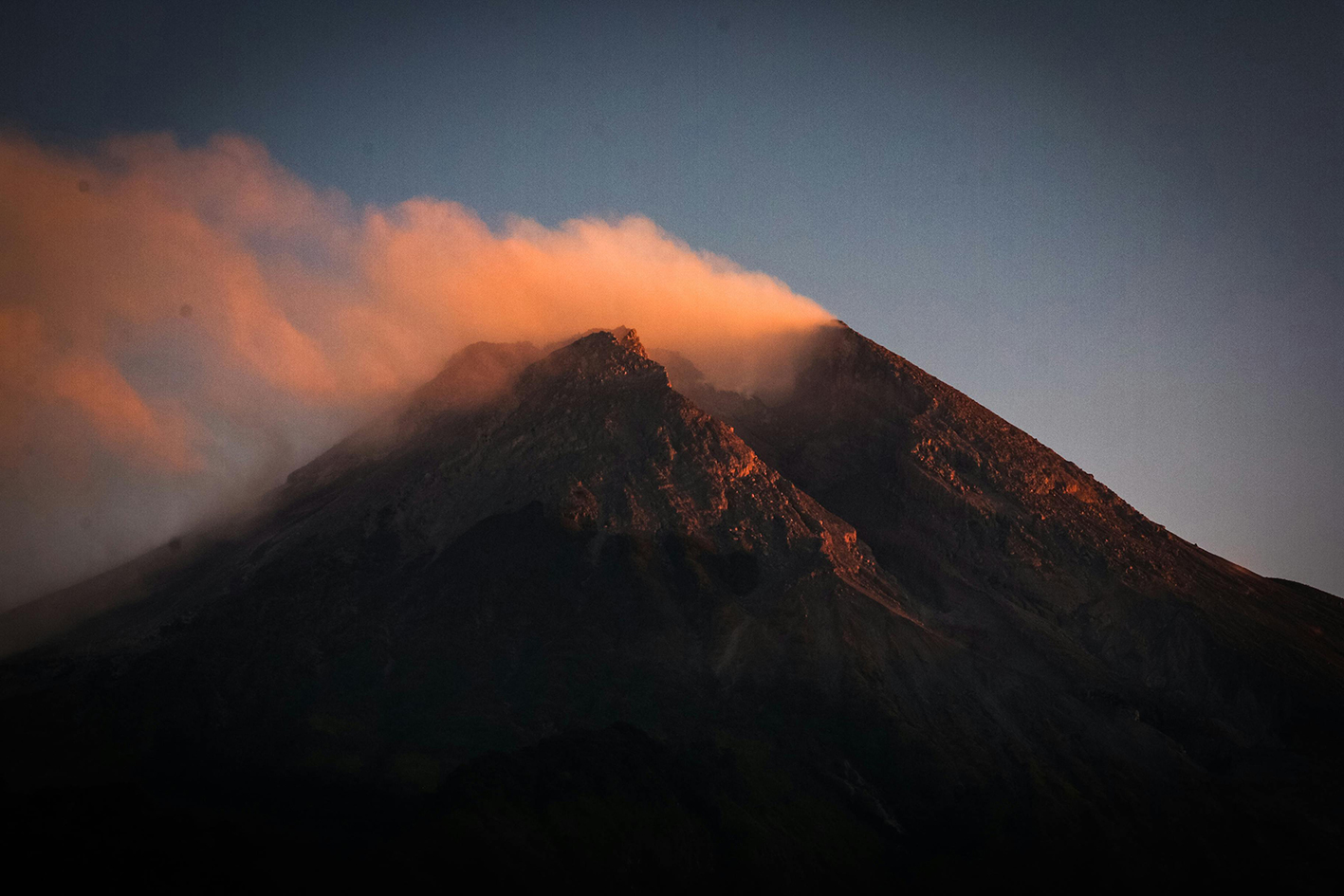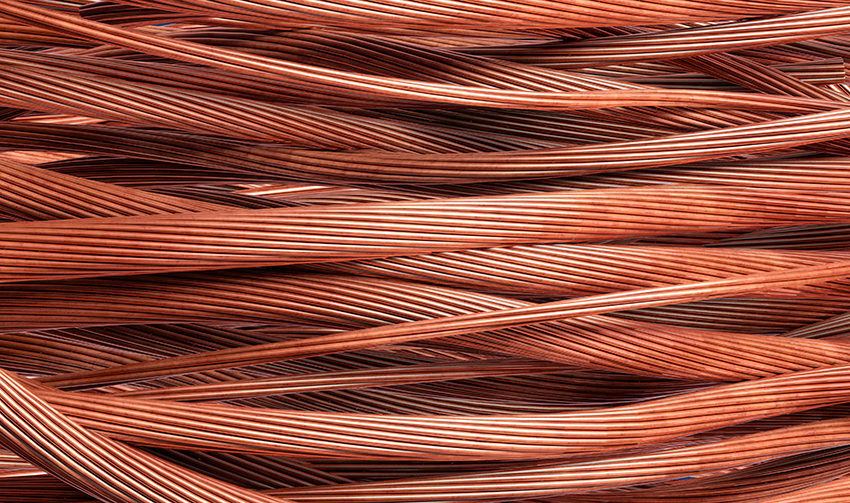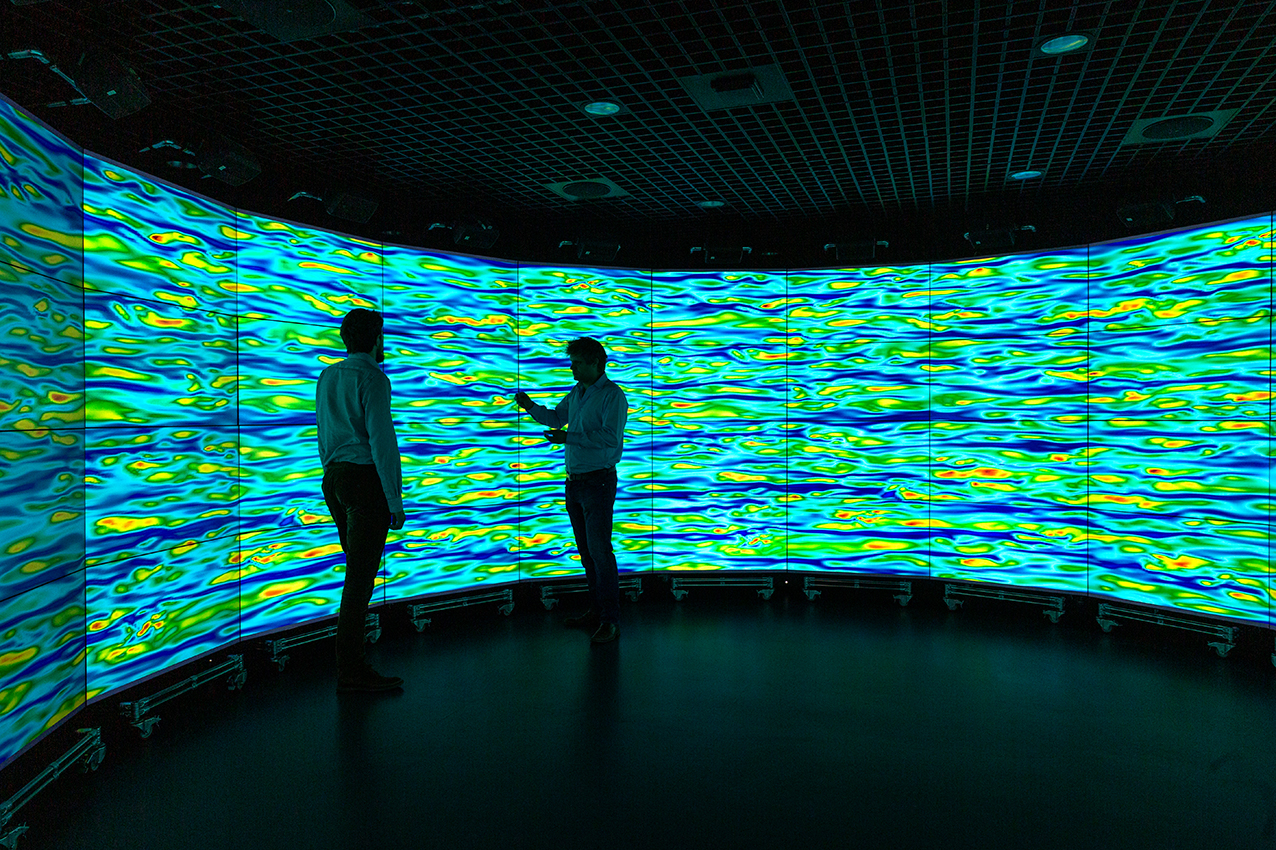The Cu Observatory
Transforming copper with data
challenge
What’s the problem we’re trying to
solve?
Copper is essential to the energy transition – powering everything from electric vehicles and solar panels to grid infrastructure and electronics. But copper systems are growing increasingly complex, and the environmental, social, and technical demands in the sector are rising rapidly.
Despite this, the copper mining industry lacks a robust, integrated data infrastructure that can help track, optimise and transform operations across the entire copper lifecycle. Data is often siloed, inaccessible, or insufficiently processed to support real-time decision-making, predictive maintenance, or regulatory compliance. Without a better approach to managing and using data, innovations in copper supply chains cannot scale and the sector risks missing sustainability and resilience targets.
Reliable, secure, and aligned data, combined with the tools of data science, is foundational to driving transparency, efficiency, and innovation across the copper value chain.
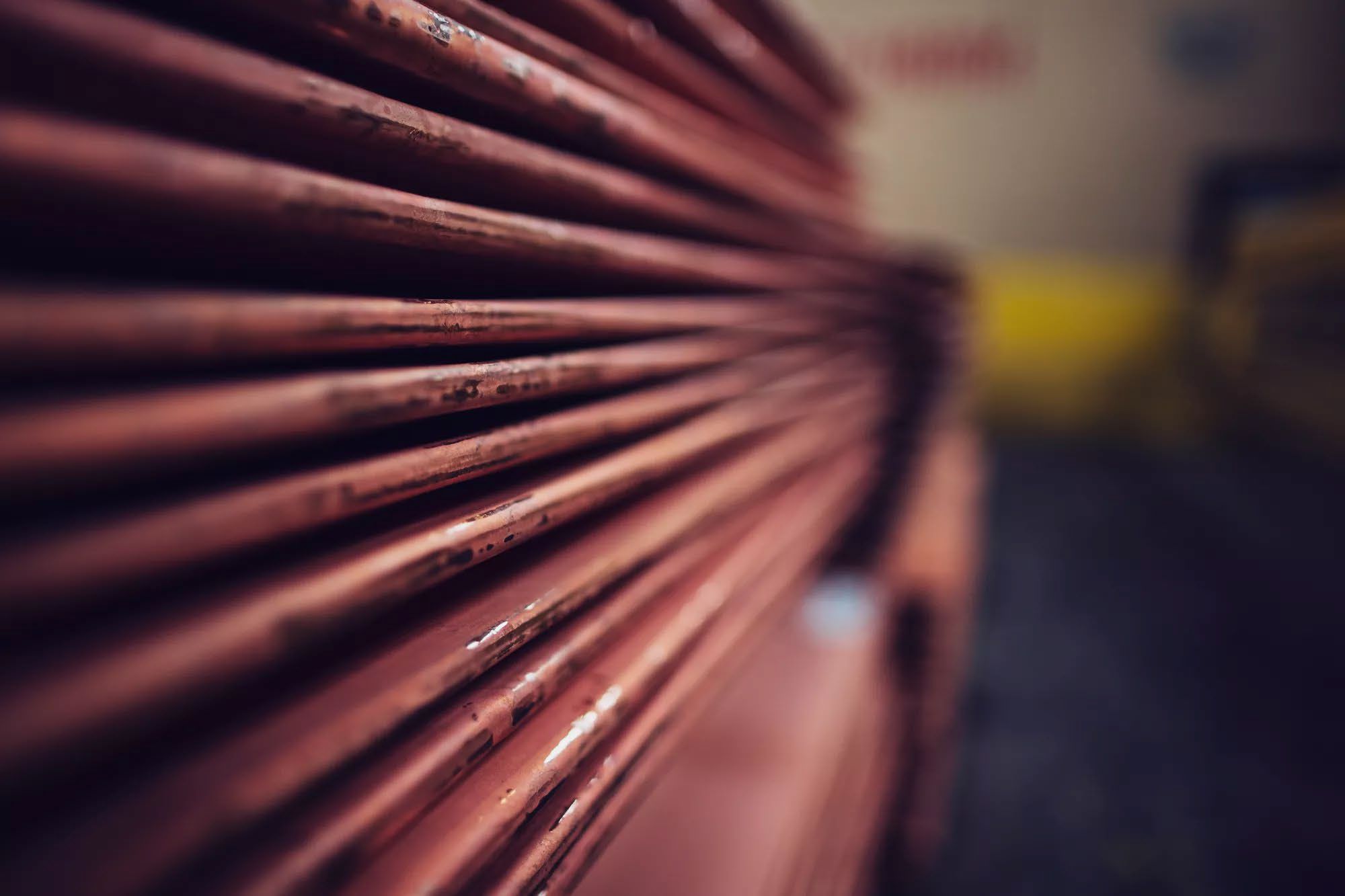
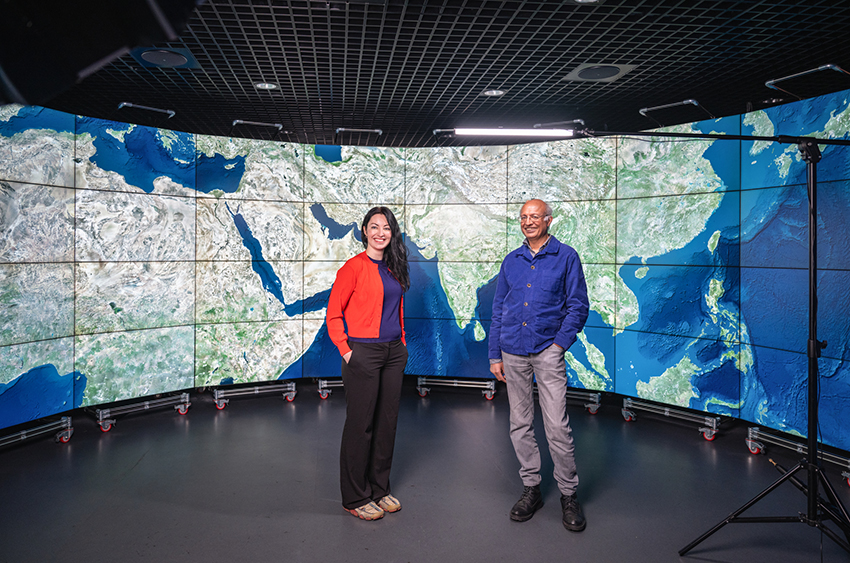
solution
How does this research provide a solution?
The Copper Observatory (Cu Observatory) is creating a shared, secure and intelligent data platform to serve the centre’s copper research ecosystem. It is designed to streamline the collection, storage, analysis and communication of vast quantities of data from all stages of copper extraction, processing, and delivery.
By integrating advanced tools for real-time monitoring, predictive modelling, and visualisation, the Cu Observatory enables better forecasting, operational efficiency and environmental accountability. It empowers researchers, industry and communities to make informed decisions – turning data into a strategic resource for climate resilience, circularity and equity.
At the core of this approach is a commitment to robust data science, privacy, security, and alignment, ensuring that data is not only available and trusted, but also ethically and effectively used across the copper value chain.
This work package lays the digital foundation needed to support all other research streams in the Grand Challenge.
process
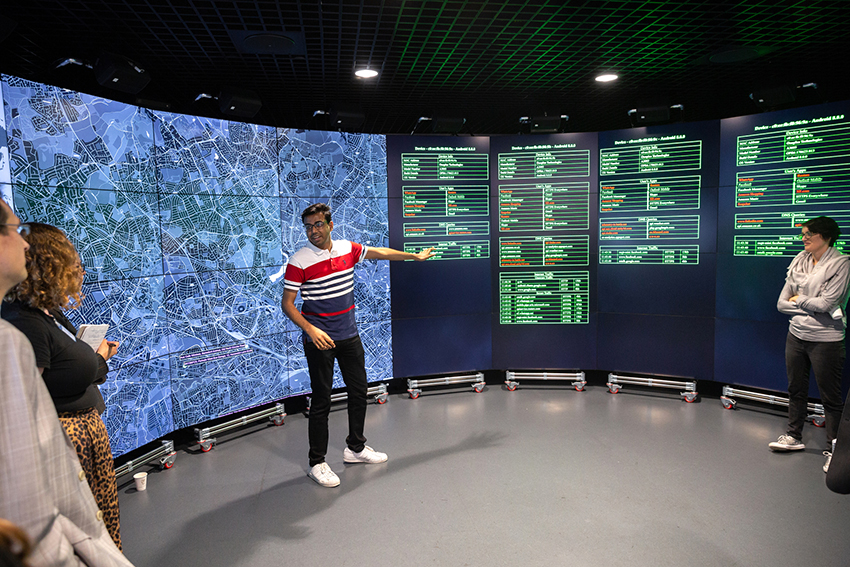
What exactly are we doing?
The Cu Observatory work package is building a powerful, adaptable system to manage the copper data lifecycle from end to end. This includes:
- Data lifecycle infrastructure
Developing tools and protocols to support the secure, scalable collection, processing, and storage of copper-related data — from raw extraction to final delivery.
- Predictive models and digital twins
Creating advanced models that simulate copper systems in real-time, enabling predictive maintenance, material flow optimisation, and early detection of environmental risks.
- Data governance and accountability
Establishing a Data Management Board with representatives from all partner universities and Rio Tinto to oversee data stewardship, transparency and compliance – including the integration of Indigenous Data Sovereignty principles.
- Interactive tools and training
Developing visualisation platforms like the Cu Atlas to support collaboration, stakeholder engagement and digital literacy across the sector. Tailored training ensures accessibility and adoption across work packages.
- Cross-sector integration
Designing the Observatory to flexibly support future data types, policies and technologies, including honest computing, privacy-enhancing techniques and secure AI systems.
All components are built to work together – forming a digital ecosystem that will support site-specific deployment and global interoperability.
team
Who’s involved?
This work brings together leading researchers and developers in data science, environmental systems, software engineering and social impact:
Work package leads
- Rossella Arcucci – Imperial College London
- Pablo Brito-Parada – Imperial College London
Contributors
- Yves Plancherel – Imperial College London
- Sabina Favaro – University of the Witwatersrand
Postdoctoral researchers
- Jorge Avalos-Patino – Imperial College London
- Petra Loncar – Imperial College London
Software infrastructure team
- Florian Guittorn – Senior Software Engineer
- Isha Kshirsagar – Software Developer
Advisory board
- Tim Senden – The Australian National University
- Gillian Drennan – University of the Witwatersrand
- Steven Hallam – The University of British Columbia
- Ali Madiseh – The University of British Columbia
- Bern Klein – The University of British Columbia
- Seung-Wuk Lee – University of California Berkeley
- Elena Dieckmann – Imperial College London
Teams are combining deep expertise in microbial ecology, environmental genomics, synthetic biology, biomaterial design and environmental engineering to create bio-enabled solutions that can function across a variety of mining environments and ore types.
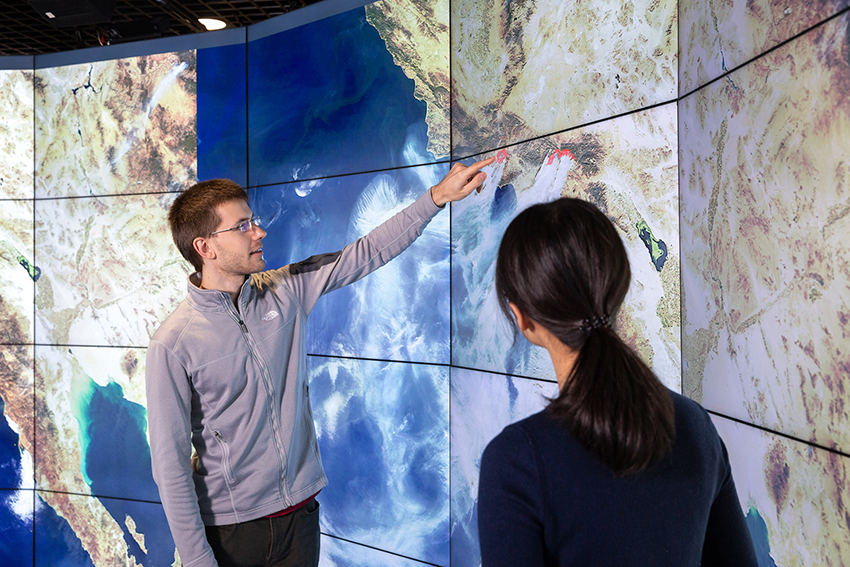

goals
What are our objectives and long-term goals?
- Create a robust, transparent, and secure data infrastructure across copper systems
- Develop predictive models and digital twins to optimise copper extraction and processing
- Support ESG, compliance, and environmental performance through accountable data tools
- Advance Indigenous Data Sovereignty and equitable access to copper system insights
- Enable collaboration through visualisation tools, training, and public-facing dashboards
The Cu Observatory redefines how data is used in copper mining, setting a new standard for digital stewardship in critical minerals sectors.
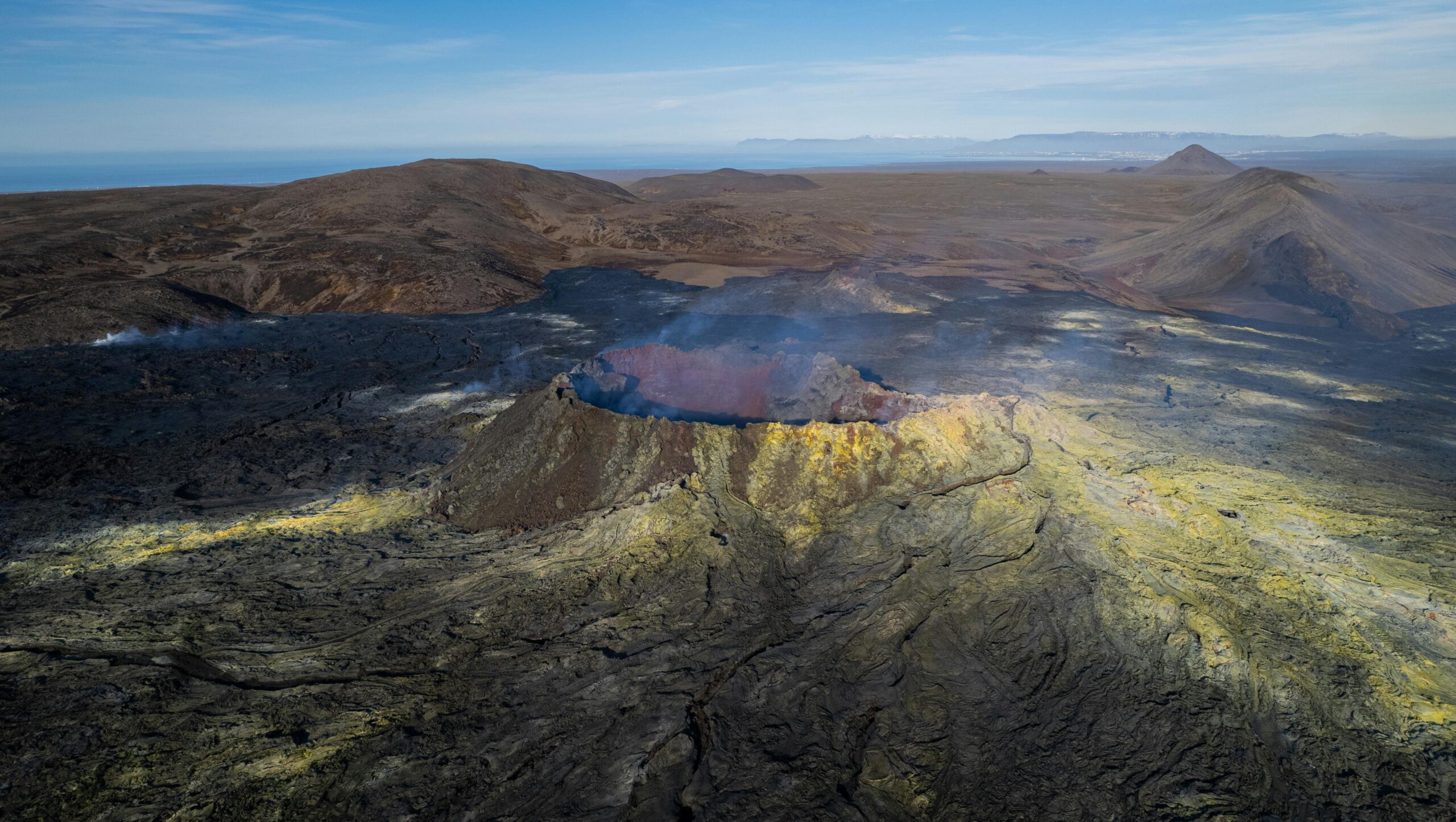
Sign up
to our newsletter
Stay informed with the latest research breakthroughs, expert insights and updates from the Rio Tinto Centre for Future Materials. Sign up to our newsletter to connect with a global community driving innovation in sustainable materials and the energy transition.

